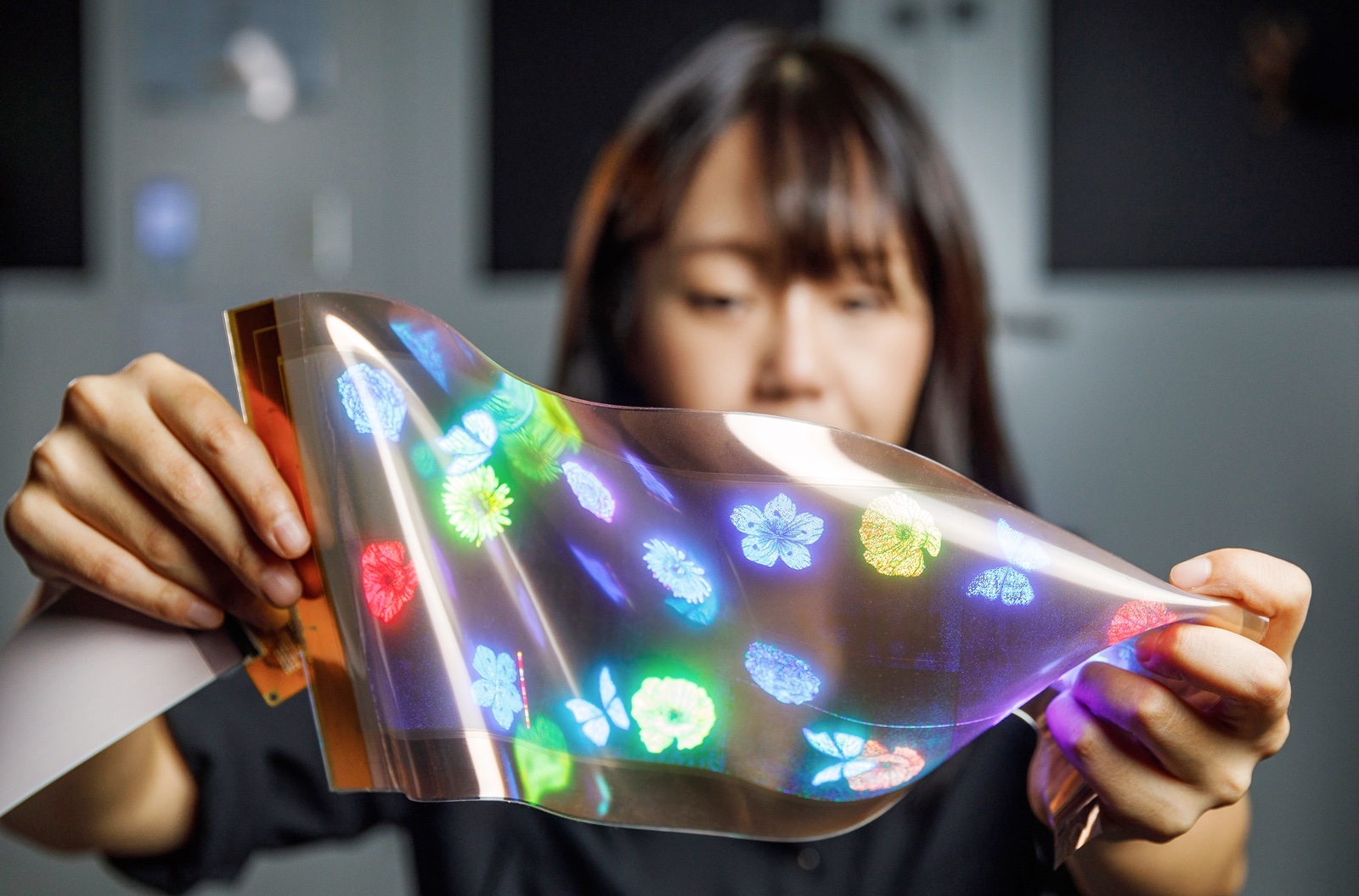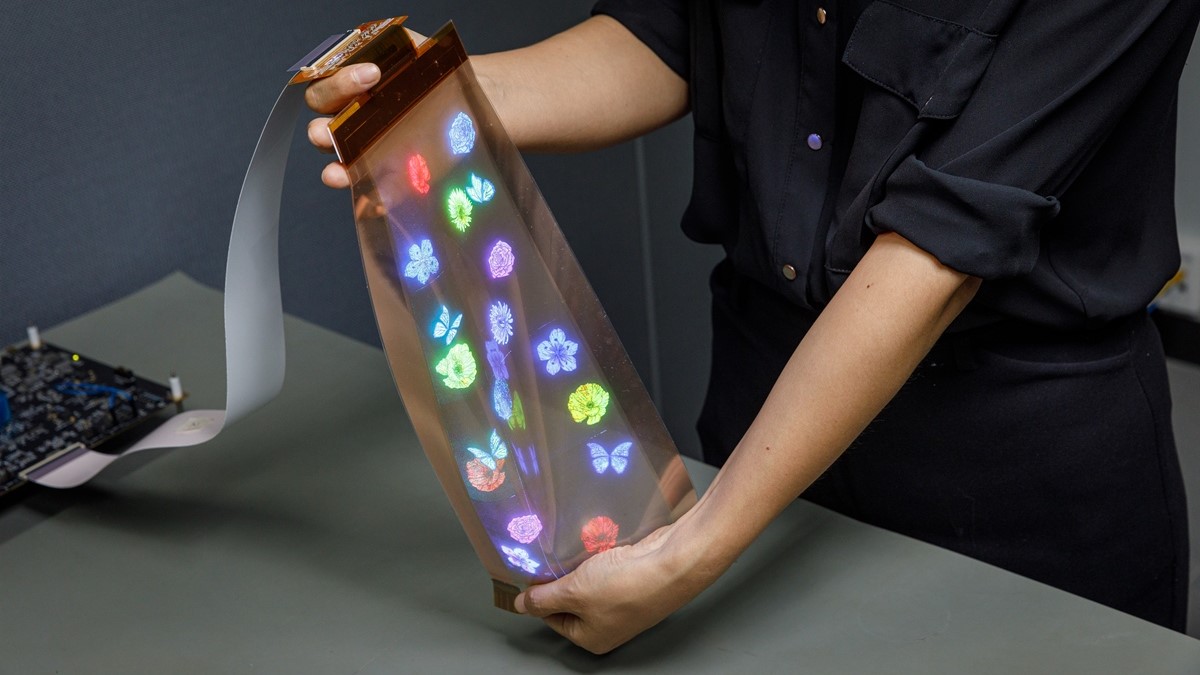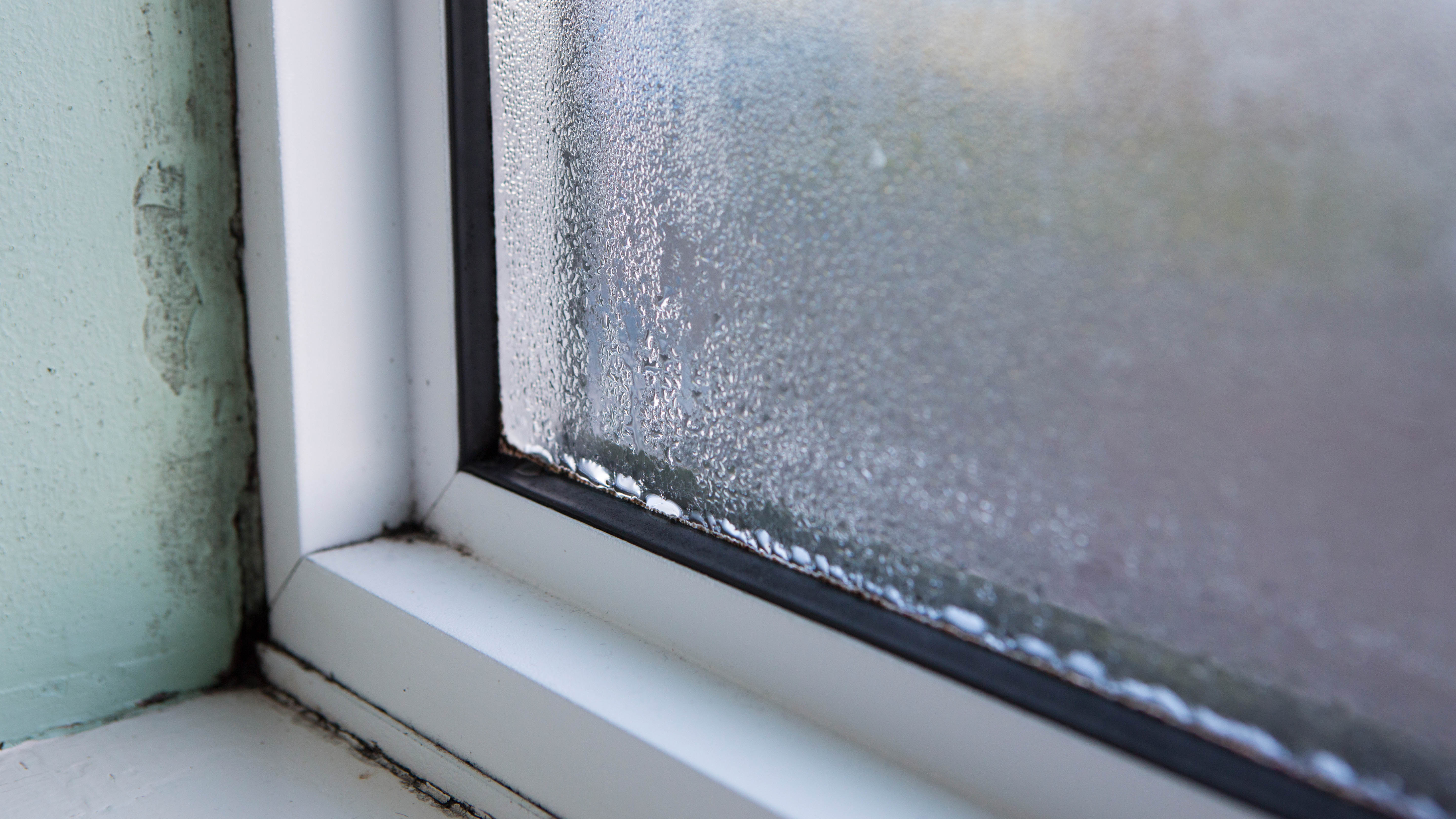LG just unveiled stretchable display — and it could change the shape of gadgets
LG's new stretchy display panel sounds great for foldable phones and other flexible devices

Even the best foldable phones use fragile inner displays with prominent creases that likely put off some users from diving into this new type of smartphone. But folding phones and other folding devices — and maybe rollable phones — may soon benefit from a new type of display just announced by LG Display.
The so-called "world's first high-resolution Stretchable display" is the result of two years of work, completed alongside a number of other South Korean partners. It's built out of the same silicon material usually seen in contact lenses, and as a result is flexible and durable in a way that current folding displays are not.

The 12-inch micro-LED panel can apparently stretch by 20% to a total of 14 inches, and can easily be continuously folded or bent without damage. LG in particular boasts about its ability to fit over curved surfaces, rather than just fold in half like current flexible devices.
These attributes make the display sound ideal for finally eliminating the display crease that currently plagues all foldable phones to some degree. It could also in theory make the inner display much tougher than the plastic or plastic/glass laminates that are currently used, allowing for tighter folds as well as greater resistance to scratch or drop damage.
LG has bigger plans for this technology than just mobile devices. It also names clothing, wearables and gaming as potential applications, perhaps meaning that your future monitors, gaming peripherals and wearables could all benefit from a stretchable display.
However, the quality of this display seems pretty basic for now. LG claims this experimental display offers a pixel density of 100 pixels per inch (PPI). While this is no doubt an achievement for a stretchable display, an iPhone 14 display offers 460 PPI, while the inner display of the Galaxy Z Fold 4 has 373 PPI. LG has a long way to go to make this a legitimate equivalent to existing foldable or regular smartphone displays.
It's a similar story with color. LG claims there's "full-color RGB", but modern smartphone displays offer much wider color gamuts, including double the typical RGB gamut and even the advanced DCPI-3 gamut in the case of flagship devices. It's not clear how full this "full-color" is just from this description.
Get instant access to breaking news, the hottest reviews, great deals and helpful tips.
There's no sign of when LG will start mass-producing this display or when companies may start using it for their devices, but from this announcement it still feels like it could be years away. That does give LG time to improve the quality of the display to match its flexing abilities.

Richard is based in London, covering news, reviews and how-tos for phones, tablets, gaming, and whatever else people need advice on. Following on from his MA in Magazine Journalism at the University of Sheffield, he's also written for WIRED U.K., The Register and Creative Bloq. When not at work, he's likely thinking about how to brew the perfect cup of specialty coffee.
 Club Benefits
Club Benefits





